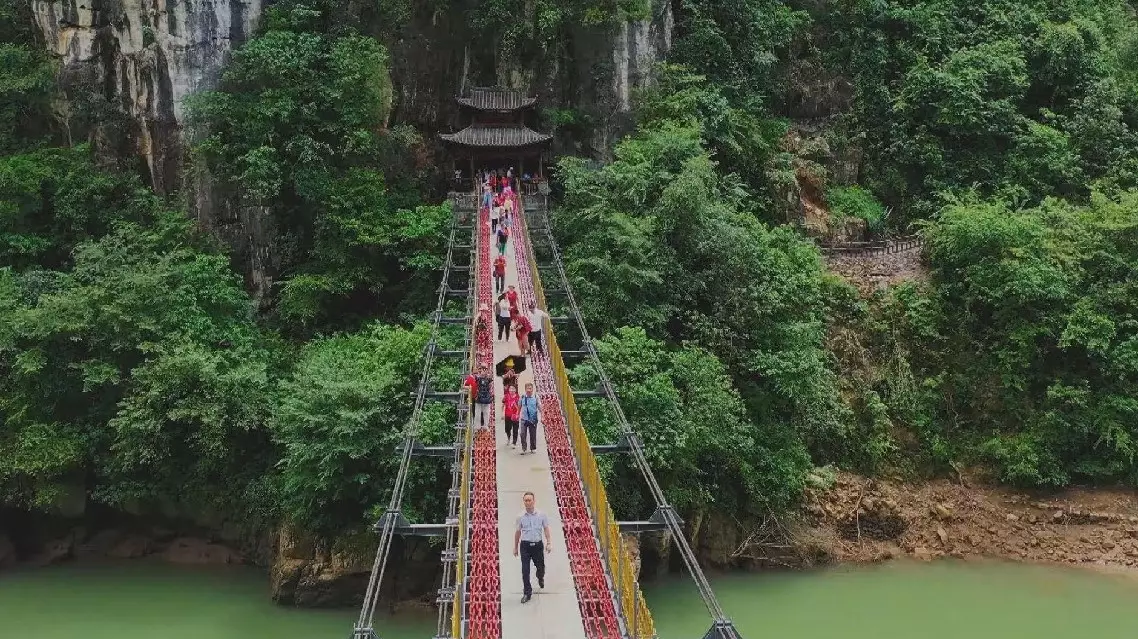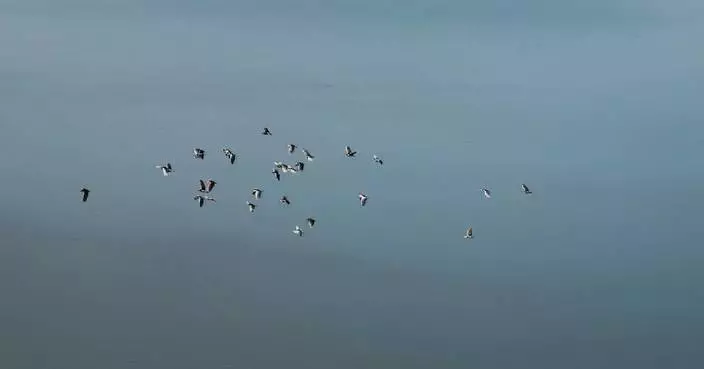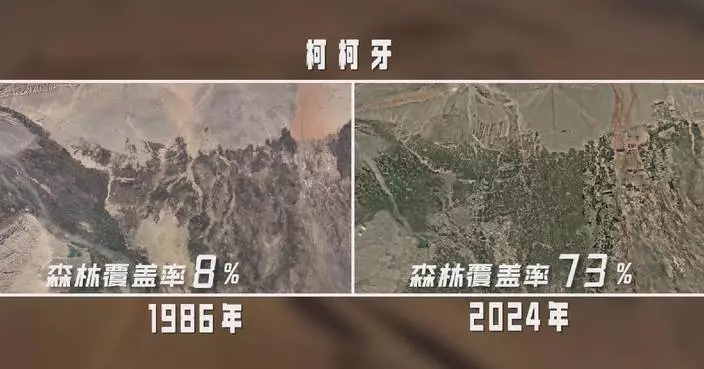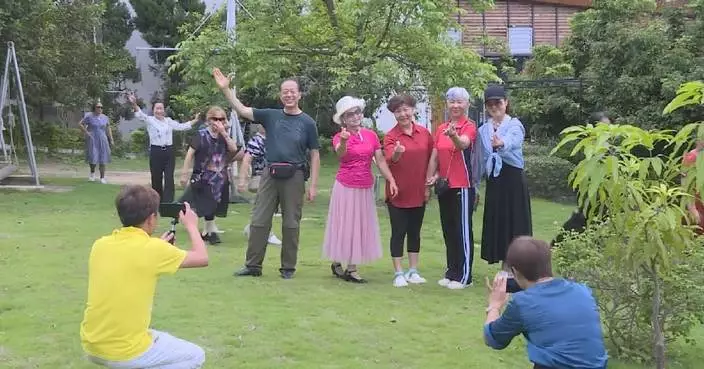An excerpt of a China Media Group (CMG) documentary tells the story about a chain bridge in southwest China's Guizhou Province which witnessed the Red Army's undaunted courage while they fought a fierce battle and overcame harsh weather conditions during the epic 12,500 km Long March (1934-1936), a tactical retreat to evade Kuomintang forces.
The Huajiang chain bridge crosses the deep Huajiang Grand Canyon with the Beipan River flowing at the bottom through the province's southwest. It was seized and crossed over by the Red Army in 1935 after they climbed the steep mountains and experienced a bitterly cold weather.
Twenty-one years ago, the Beipan River Bridge, about 10 km away from the Huajiang chain bridge, stood 486 meters high over the Huajiang Grand Canyon and became one of the world's tallest bridges at that time.
In 2016, it was overtaken by the Beipan River No.1 Bridge which is the world's highest bridge that stands 565 meters above the river.
The Huajiang Grand Canyon Bridge is currently under construction and set to be the world's highest bridge upon completion by June 2025. The 2,890-meter-long steel girder suspension bridge boasts a designed height of 625 meters from the bottom of the gorge to the bridge deck.
The four bridges have turned the deep chasm into thoroughfares, witnessing the Chinese speed and the Chinese spirit, thanks to the Red Army troops' fighting for peace.
This excerpt is from the fourth episode of the ten-episode documentary aired on CMG's military channel from Oct. 17 to 26 in commemoration of the 90th anniversary of the starting of the Chinese Red Army's Long March.
From October 1934 to October 1936, the Chinese Workers' and Peasants' Red Army troops left their bases and marched through raging rivers, frigid mountains and arid grassland to break the siege of the Kuomintang forces and continued to fight the Japanese invaders.

Chain bridge in Guizhou witnesses Red Army's undaunted fighting spirit









